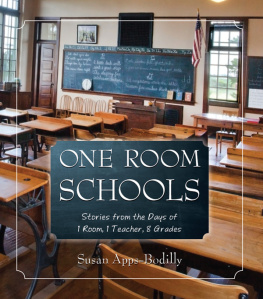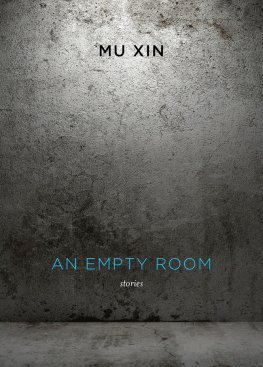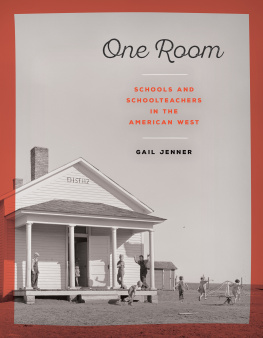
ONE ROOM SCHOOLS

Published by the Wisconsin Historical Society Press
Publishers since 1855
2013 by the State Historical Society of Wisconsin
E-book edition 2013
For permission to reuse material from One Room Schools, (978-0-87020-615-3, e-book ISBN 978-0-87020-616-0), please access www.copyright.com or contact the Copyright Clearance Center, Inc. (CCC), 222 Rosewood Drive, Danvers, MA 01923, 978-750-8400. CCC is a not-for-profit organization that provides licenses and registration for a variety of users.
wisconsin history . org
Photographs identified with WHi or WHS are from the Societys collections; address requests to reproduce these photos to the Visual Materials Archivist at the Wisconsin Historical Society, 816 State Street, Madison, WI 53706.
Cover photo: Reed School, a Wisconsin Historic Site in Neillsville. Photo by Mark Fay
Previous pages: Eleanora Witt, Jerry Appss mother, also attended the Chain O Lake School. She is standing in the back, under the globe. Collection of Susan Apps-Bodilly
Opposite page: Wild Rose Pioneer Museum. Photo by Steve Apps
Designed by Mayfly Design
17 16 15 14 13 1 2 3 4 5
The Library of Congress has cataloged the print edition as follows:
Bodilly, Susan J.
One room schools : stories from the days of 1 room, 1 teacher, 8 grades / Susan Apps-Bodilly.
pages cm
Includes index.
ISBN 978-0-87020-615-3 (pbk. : alk. paper) 1. Rural schoolsWisconsin. I. Title.
LB1567.B435 2013
370.9173'409775dc23
2013007081
S usan Apps-Bodilly has been an elementary and middle-school teacher for more than 20 years. She currently teaches second- and third-grade students. She has a masters degree in Curriculum and Instruction from the University of Wisconsin Madison and holds a reading teacher license. When she is not teaching, reading, or writing, she loves to spend time biking or hiking in the woods with her family. She has a longtime interest in history and a passion for engaging children in learning about today from stories of the past. She has a daughter and son-in-law in Minneapolis and lives in Madison with her husband and 3 sons.

Photo by Steve Apps
Dedicated to my parents, Jerry and Ruth Apps,
and to the teachers and students of Wisconsins one-room schools.
I am so honored to share your stories with others.

Contents
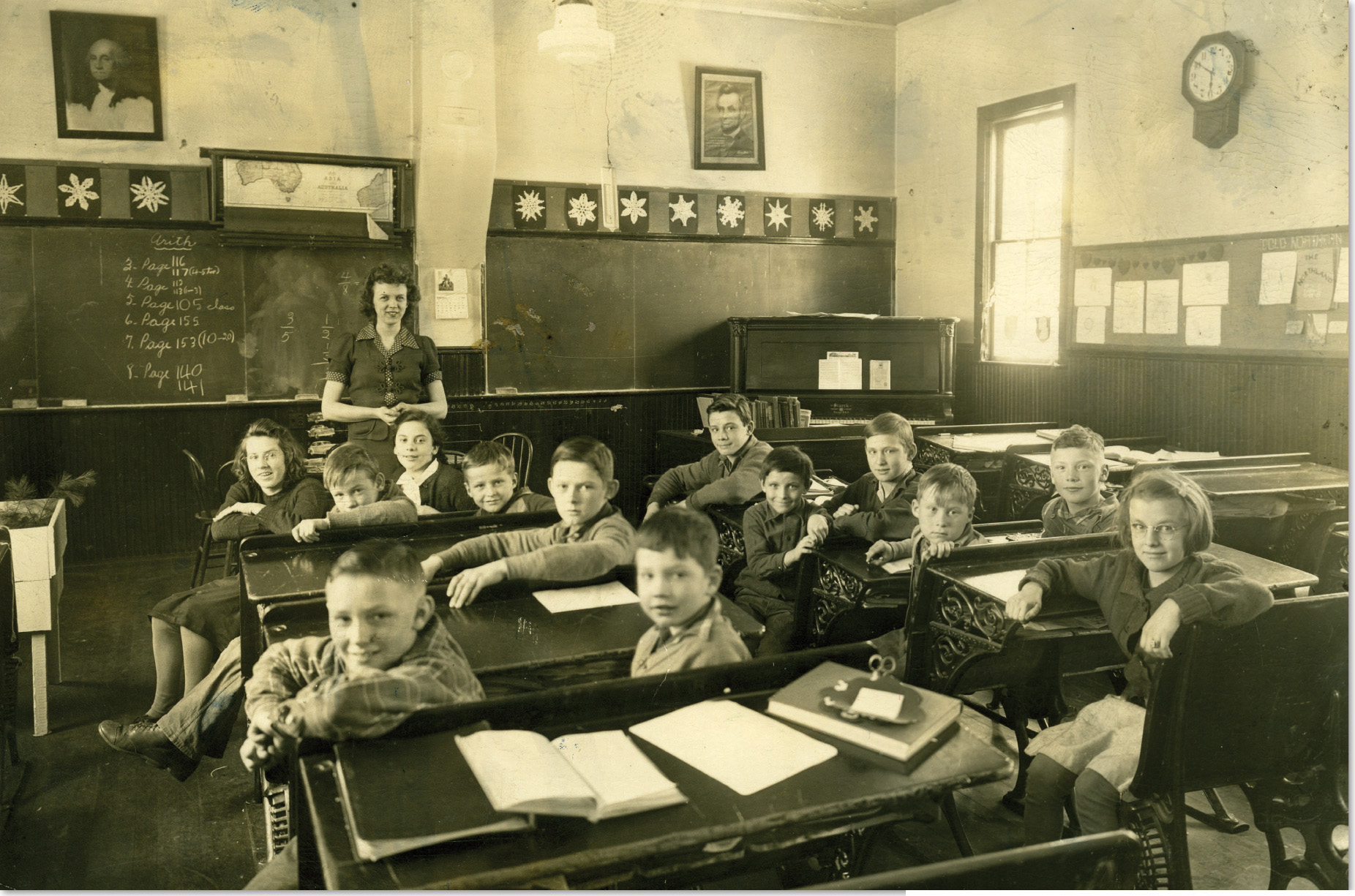
This is the inside of the Chain O Lake School in 1945. Jerry Apps and his twin brothers, Donald and Darrel, were in the same classroom. Do you see the little sandbox on the left? Their teacher, Miss Thompson, used it for science lessons. Did you notice the piano? Who is pictured on the wall above the chalkboard? Using pictures and stories from the past, you can learn about the days when there was one schoolroom, one teacher, and 8 grades.
Courtesy of Jerry Apps
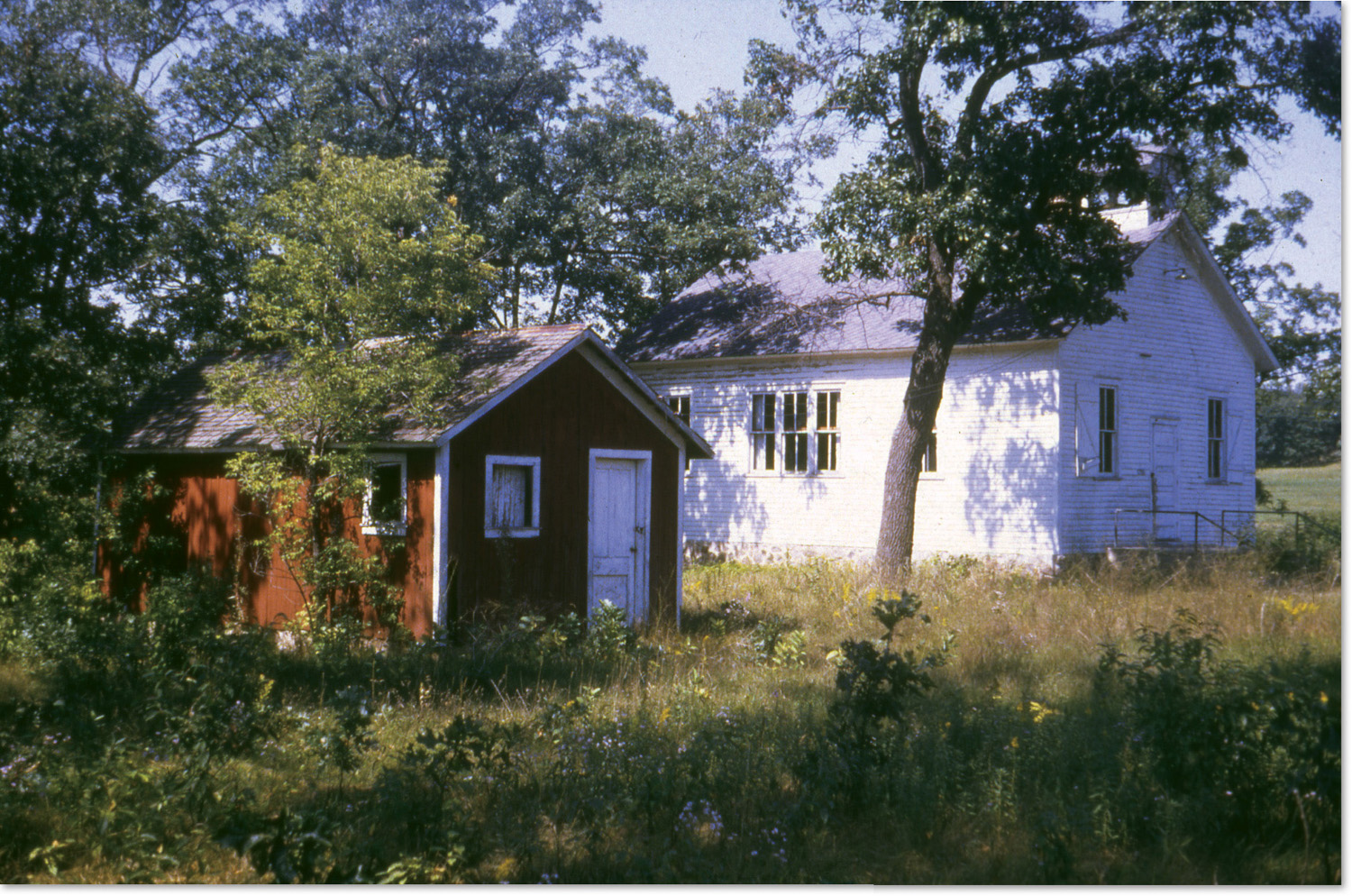
The Chain O Lake School building and woodshed as it looked circa 1962. In the past, country students attended all 8 grades in a one-room school like this one. Today this former schoolhouse is a private home.
Photo by Jerry Apps
I t was the first day at the one-room Chain O Lake School in central Wisconsin. In September 1939, Jerry Apps was 5 years old. He knew it was a special day because he wore a new pair of striped bib overalls and a new cotton shirt. For the first time all summer, I had to comb my hair before putting on my hat and I hated that, Jerry remembers. He carried his lunch bucket and school supplies. The school supplies purchased at the Wild Rose Drug Store were 2 pencils and Big Chief writing that cost 5 cents. His father had sharpened the pencils with his jackknife.

This is a tablet of writing paper. On the first day of school, Jerry Apps brought a tablet like this one and 2 pencils to school. What supplies do you need for school?
Courtesy of Jerry Apps
At 8:30 a.m., Jerry heard the schoolhouse bell ring. On a clear day you could hear it 2 miles awayit would echo down the valley and over the hills. He knew that this bell meant he had 30 minutes to get to school. He did not want to be late. If you were early, you had some time to play before school started.
When he went through the front gate of the schoolyard, many children were already there greeting each other. The Kolka boys had the longest walkalmost 2 miles. No students had to walk more than 2 miles to school.
The white schoolhouse was a rectangular wooden building with steps leading up to the front door. The bell tower holding the huge metal bell they had heard earlier was above the front door.
In the schoolyard, Jerry could see the flagpole in front of the school and the teeter-totter, or seesaw, was to his right. To the left of the school was the pump house. The pump house was not a house for people, but a small building that housed the hand-crank water pump.
The building with the pump was also used as a woodshed. Before the school year started, a school board member had chopped wood at his farm and delivered it to the shed. The shed was full of huge chunks of oak wood. The school used a woodstove for heat in cold weather.
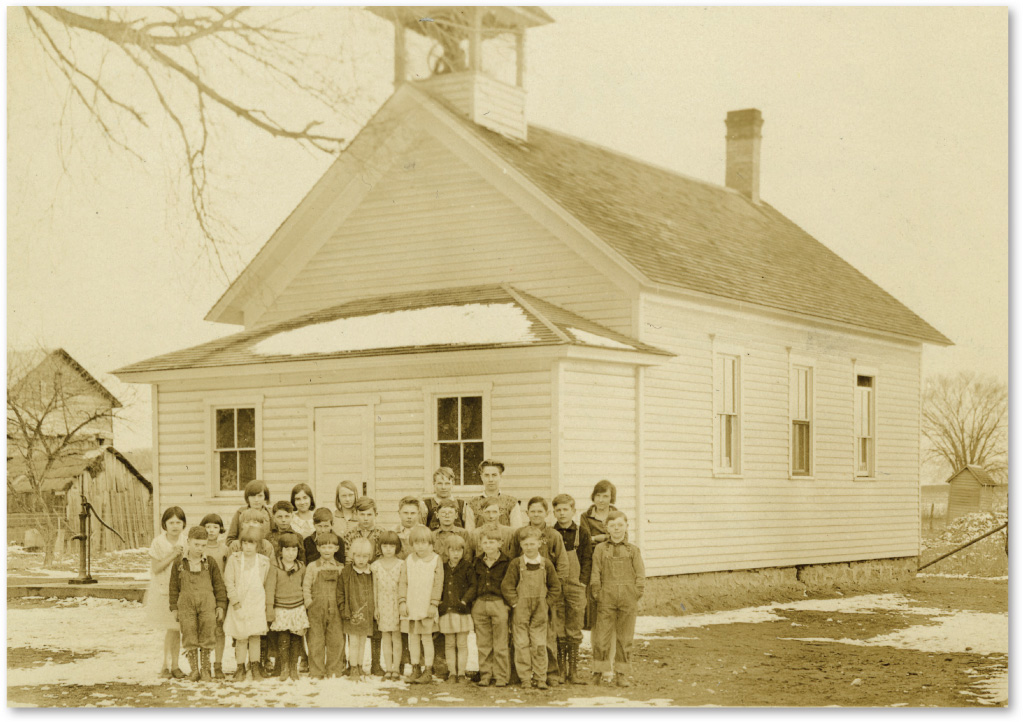
Do you see the water pump at the left of this photo taken outside of Eagle Corners School in Richland County?
WHi Image ID 97526
On the left side of this building, there were some trees with space between each one. Jerry would soon learn that this area was the softball field. Along the fence on the left side of the schoolhouse was a row of lilac bushes.
Jerry walked into the school. Just inside the front door was a room with hooks to hang coats. Jerrys first teacher, Miss Piechowski, helped him find a place for his lunch bucket. The cloakroom had 2 doors leading into the classroom, one on the left and one on the right. Jerry could see the one room with desks for all 8 gradesfirst grade through eighth.
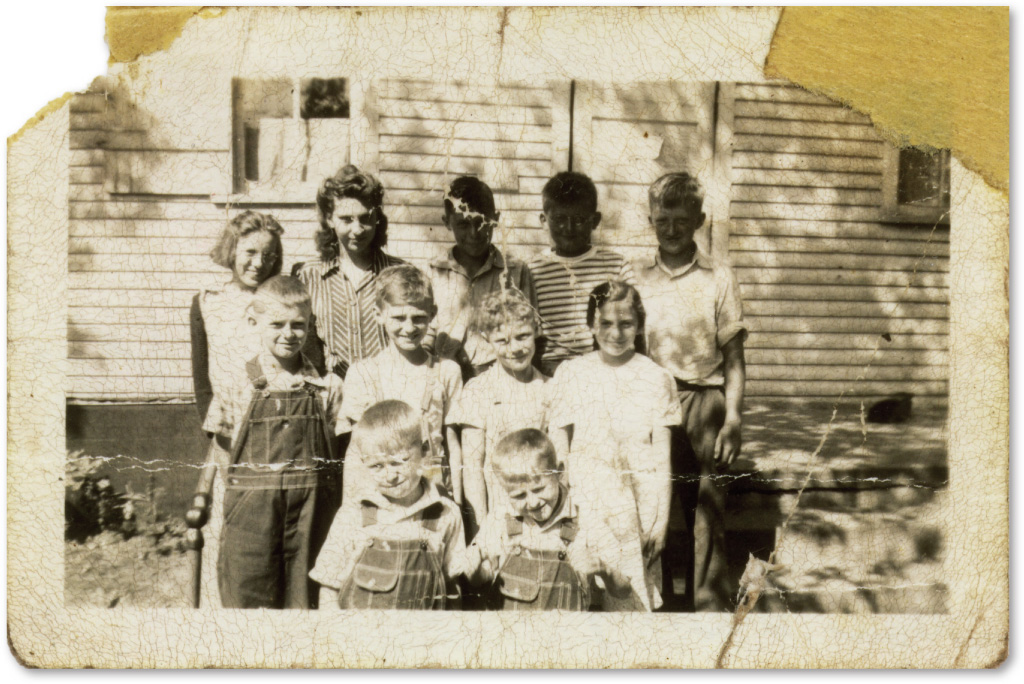
These Chain O Lake students are posing for picture in 1943. Back to front: Nita Dudley, Geraldine Hudziak, Clair Jenks, Norman Hudziak, Jim Steinke, Jerry Apps, Jim Kolka, Dave Kolka, Mildred Swendryznski, Darrel Apps, and Donald Apps.
Courtesy of Jerry Apps
Right away, Jerry noticed the unusual smell of the oiled wood floor. In August, Mrs. Jenks had been paid 5 dollars to come in and get the schoolroom ready. She lived a short distance away and was the mother of Clair, a third-grade boy. She washed all of the windows, dusted, and chased out the summer mice that were hiding in the corners. She used a sweeping compound, such as sawdust mixed with an oil, to gather up the dust and dirt from the wood floors. Many other folks in the neighborhood also helped get the school ready for students.
Next page
